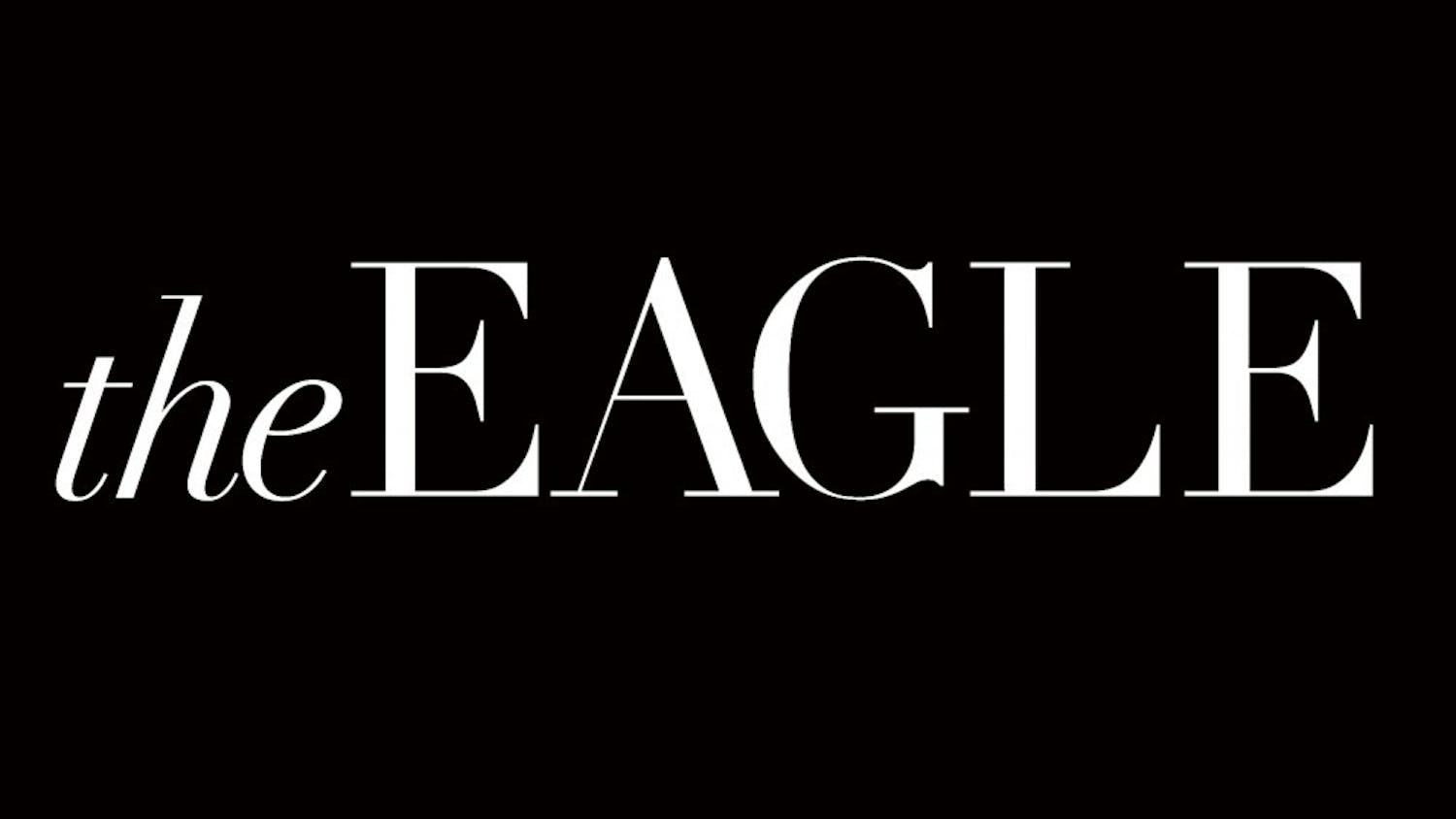This semester, my column will focus on American University - students, faculty and administrators - from a conservative perspective. This column will focus on talking to the players on campus and conduct some old-fashioned reporting with my insight and opinions. Today, I'm focusing on a program where talking and dialogue are all the rage: SIS's department of Peace and Conflict Resolution.ÿ
I've always been conflicted about the School of International Service's Peace and Conflict Resolution department. At first glance, it seems like the academic equivalent of presidential candidate Dennis Kucinich's proposed Department of Peace. In the presidential race, Kucinich fails to realize that a combination of diplomacy and threat of force must be employed to achieve peace. In Kucinich's mind, peace is an abstract concept that can be achieved through bureaucratic means. Likewise, the Peace and Conflict Resolution program is a program based upon the worthy goal of a peaceful society, but can be maddeningly na?ve in understanding how peace can be achieved.ÿ
The Peace and Conflict Resolution program is both the fastest-growing and largest discipline within the School of International Service. Started in 1995 by Prof. Abdul Aziz Said - then the program's only professor - it has multiplied and evolved throughout the years. A man of all faiths, Said himself is a fascinating person: a self-proclaimed pacifist who said he started teaching at the age of ten. He abhors all violence to the point of pacifism, even wars fought for just causes. Said established the Peace and Conflict Resolution program because of his first-hand observations of violence's futility. "I'm the oldest professor teaching the newest discipline," he proudly told me. ÿ
The introductory course to Peace and Conflict Resolution is the Peace Paradigms class for graduate students. (Undergraduates take a similar class.) Program coordinator Carrie Trybulec described a brief summation of the Peace Paradigms course: "There's peace through force, peace through international institutions, peace through social change, peace through non-violence. We strongly favor the last three." ÿ
Indeed, there is historical precedent for freedoms gained through nonviolence: Mahatma Gandhi, Polish Solidarity and Martin Luther King, Jr.'s accomplishments for civil rights immediately come to mind. However, the vast majority of freedoms have been gained through military sacrifice. Our American Revolution, the Civil War's freeing of the slaves and the Allied victory repelling Nazism and fascism in Europe are among the most prominent examples of freedoms gained by force. Even Poland's labor unions were spared brutality because of the Soviet Union's overextended military resources and bankrupted economy - caused by a strong Western military presence, led by the United States' vast military arsenal.ÿ
The program is predicated on the notion that through cross-cultural understanding and with increased dialogue, international problems can be solved and peace achieved. Sadly, that's not always the case, especially in places like North Korea where leaders are homicidal dictators who only respond to force or forceful language. President Bush's administration, in large part, succeeded in disarming Libya because of the force employed during the Iraq War and unwavering diplomacy from the United States and Great Britain. I doubt that polite persuasion - or understanding why the Libyan colonel wears that goofy hat - would contribute to Qadaffi's disarmament. Or that politely reprimanding Saddam would have ended his persecution of the Iraqi Kurds or Shiites. ÿ
The program's emphasis on human rights is commendable, and many graduates work for humanitarian organizations, such as Human Rights Watch and Amnesty International. However, some participants in the program have clear biases that conflict with most definitions of human rights. In class discussions, students sometimes toss out the misguided notion that the United States supports "state-sponsored terrorism" - an implicit defense of terrorist violence against human civilians. Said's teaching assistant, Adam Shapiro, is a partisan pro-Palestinian advocate who hung out with terrorist Yasser Arafat during the recent intifada and defended Palestinian suicide bombers in an interview last January with the Palestine Chronicle. "Nonviolent resistance is no less noble than carrying out suicide operations," Shapiro wrote. In my book, associating with a known terrorist and defending suicide bombers does not jibe with peace. ÿ
To SIS Dean Louis Goodman's credit, the program has evolved from its roots as a program abstractly promoting peace to more pragmatic policy goals, such as nation-building. But the program's post-conflict reconstruction department is undermanned, with too few professors and too few courses offered. Too often the course descriptions are vague and sound more therapeutic than academic. In Professor Mohammed Abu-Nimer's Reconciliation and Justice course, students "address both rehabilitation and the need to reconcile historical animosities." Sounds ambitious, if not unrealistic. ÿ
Trybulec told me the program developed from pre-existing programs in other academic disciplines - particularly, the conflict resolution curricula from the business schools and the peace doctrines in philosophy and religion courses. The current task for Goodman and the program's faculty is to make the program increasingly relevant for international affairs. Students should learn that force is a last-resort option, but a necessary element of foreign relations. They should study the many freedoms won because of force, and learn the futility of appeasement in the face of evil. ÿ
The introductory peace and conflict resolution course offers case studies of those who won social progress through peaceful means. They should all be applauded. But so should historical icons like Winston Churchill and Franklin Roosevelt who all recognized that force was the only viable weapon to defeat the horrific ideologies of Nazism and fascism. As we face enemies that share the same disdain for life and freedom that our previous enemies have, this concept is as important as ever to understand.




